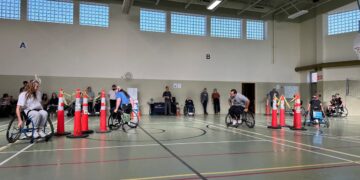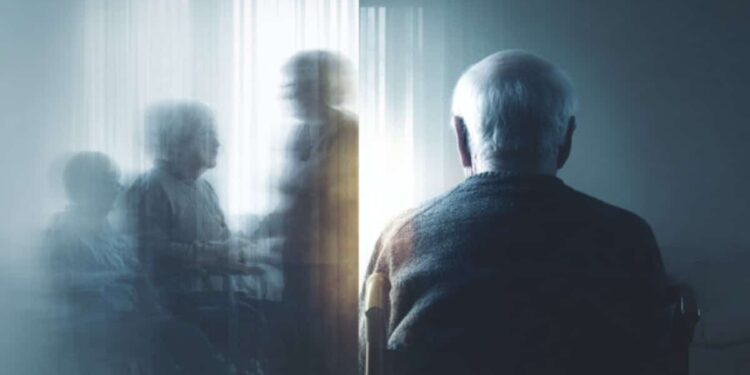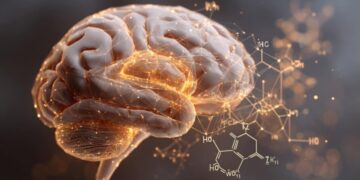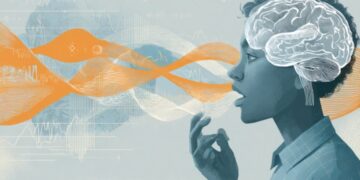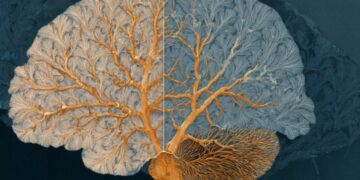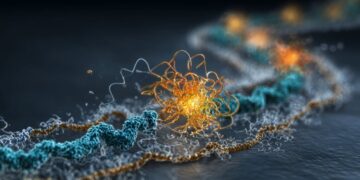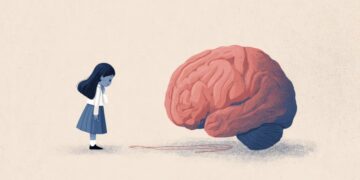Summary: A new study reveals that people with lower incomes and those from historically underrepresented racial and ethnic groups have a higher burden of modifiable dementia risk factors. Vision loss and social isolation were among the biggest contributing factors for those living below the poverty line, suggesting that better access to health care and community support could have important protective effects.
The research analyzed data from more than 5,000 adults and identified patterns that link poverty and systemic inequality with increased vulnerability to dementia. While the study did not establish causality, it highlights where public health efforts could significantly reduce the risk of dementia and close health gaps.
Key facts
Income link: Each 100% increase above the poverty line reduced dementia risk factors by 9%. Main factors: Vision loss and social isolation were the main contributors in low-income groups. Health disparities: Black, Mexican American, and Hispanic participants showed higher rates of diabetes and inactivity even after adjusting for income.
Source: AAN
People with lower incomes and people from racial and ethnic groups historically underrepresented in clinical trials are more likely to have modifiable risk factors for dementia, factors that could be changed to reduce their risk, according to a study published Nov. 12, 2025, in Neurology.
While the study found associations between multiple risk factors, it does not prove that income, race, or ethnicity causes an increase in dementia risk factors.
“Our findings provide new insight into how people living below the poverty line and those in historically low-income groups may bear a greater burden of many modifiable dementia risk factors,” said study author Eric L. Stulberg, MD, MPH, of the Sidney Kimmel School of Medicine at Thomas Jefferson University and a member of the American Academy of Neurology.
“By identifying which risk factors are most prevalent in people who are at higher risk of dementia, we can better target potential prevention, whether that means improving access to vision care, supporting social connectedness, or addressing conditions such as diabetes and high blood pressure.”
The study included more than 5,000 people. Participants were screened for 13 dementia risk factors: low educational attainment, alcohol use, obesity, high LDL cholesterol, traumatic brain injury, untreated hearing loss, vision loss, diabetes, untreated high blood pressure, smoking, depression, physical inactivity and social isolation.
The analyzes also took into account age, sex, race and ethnicity. Stulberg noted that race and ethnicity are socially based constructs and not biological variables.
The researchers divided the participants into six income groups. Those in the lowest group had incomes below the federal poverty level. Those in the highest group had incomes five times the federal poverty level.
For each income group, the researchers determined the percentage of people who had each risk factor and the percentage of dementia cases that could theoretically be prevented or delayed if those risk factors were eliminated.
The researchers found that higher income was associated with a lower prevalence of every dementia risk factor except obesity, high cholesterol and traumatic brain injury. Since each step up the income category represented 100% higher income above the poverty level, people were 9% less likely to have an additional risk factor in midlife.
In the lowest group with income below the poverty level, vision loss and social isolation were highlighted. The researchers found that 21% of dementia cases could potentially be mitigated by addressing vision loss, and 20% of cases by social isolation.
Stulberg said, “While our results are exploratory and do not show cause and effect, improving access to vision care and reducing social isolation among older adults could have an important impact on those living below the poverty level.”
After adjusting for income, several risk factors still showed stronger associations among groups historically underrepresented in clinical studies, including African Americans, Mexican Americans, and non-Mexican Hispanic Americans, compared with white Americans. Those risk factors included diabetes, physical inactivity, obesity and vision loss.
“Our results suggest that there may be an opportunity to help people reduce their dementia risk factors now, thereby reducing risks among people with lower incomes and populations historically underrepresented in clinical trials, where our study suggests that many risk factors are more prevalent,” Stulberg said.
“It’s exciting to see that even aging risk factors can be targets for interventions. We hope that future studies will evaluate whether addressing these aging risk factors can lead to benefits, especially for people living below the poverty level.”
A limitation of the study was that it provided only a snapshot in time and did not follow people over longer periods. Additionally, participants reported some information and may not have remembered it or reported it accurately.
Key questions answered:
A: People with lower incomes had a higher number of modifiable dementia risk factors, including vision loss, diabetes, and social isolation.
A: Vision loss and social isolation were highlighted; Addressing them could potentially prevent up to 40% of dementia cases in people living below the poverty line.
A: Expanding access to vision care, social connection, and chronic disease management could reduce the risk of dementia among low-income and historically underrepresented groups.
About this research news in social neuroscience and dementia
Author: Renée Tessman
Source: AAN
Contact: Renée Tessman – AAN
Image: Image is credited to Neuroscience News.
Original research: findings will appear in Neurology

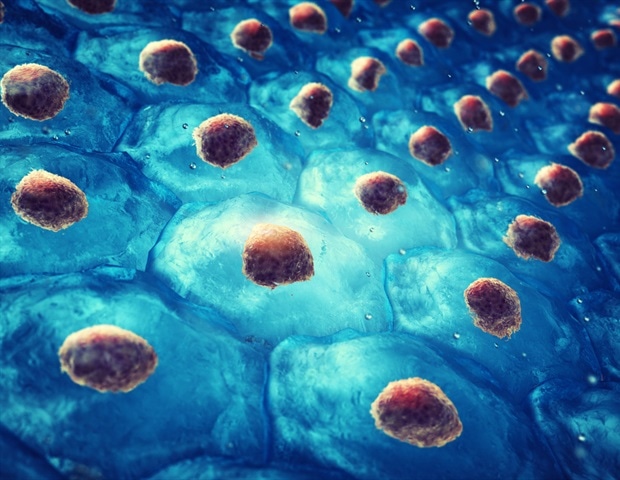
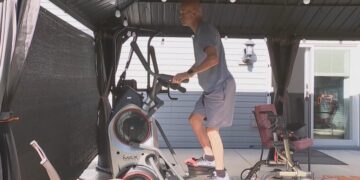
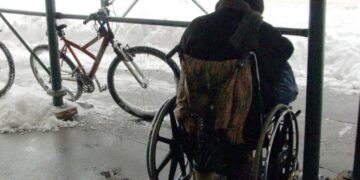

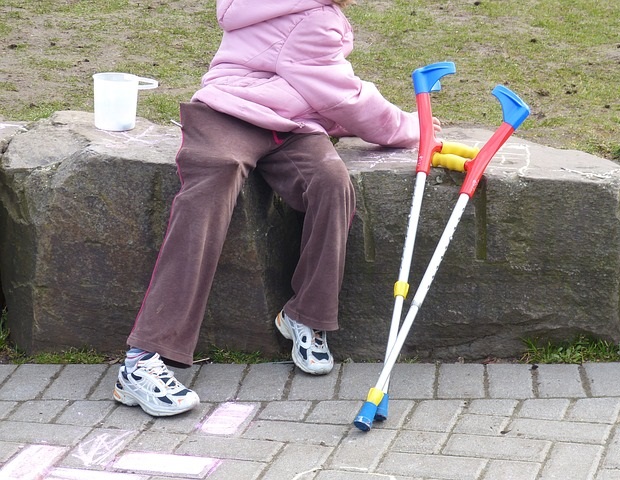
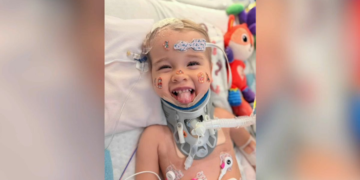
_6e98296023b34dfabc133638c1ef5d32-620x480.jpg)
